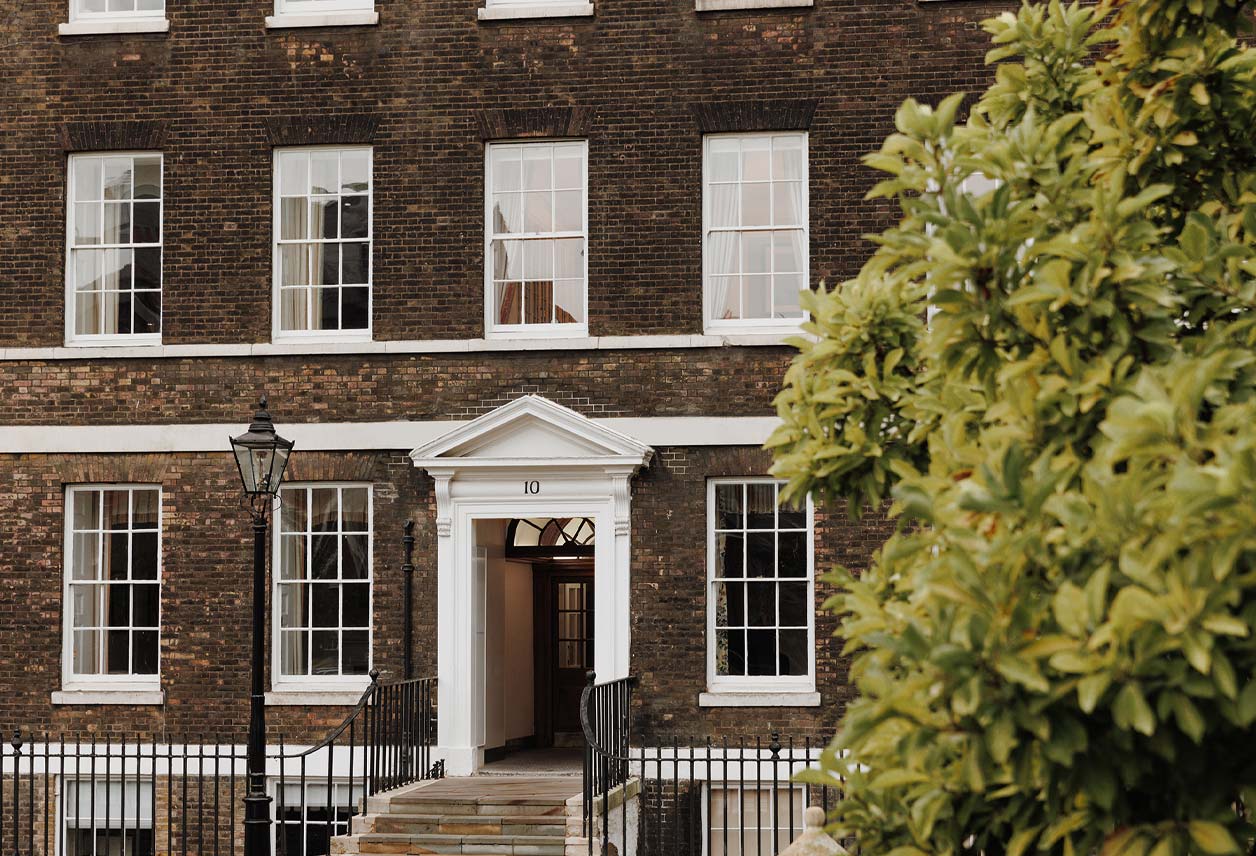This article was published with kind permission. Click here for the full article
Capital Gains Tax (CGT) is once again firmly in the headlines and will be until Budget Day on 30 October. It is important to remember that CGT is a relatively recent tax and has been subject to various changes since its introduction in Finance Act 1965, and its subsequent consolidation in the Taxation of Chargeable Gains Act 1992.
To give a brief history lesson, from 6 April 1965 to 5 April 1977, CGT was levied at a flat rate of 30%, there was then a brief hiatus with an introduction of a tiered system until 6 April 1980 when the 30% tax rate was reintroduced with an annual exempt amount until 5 April 1988.
Perhaps most interestingly in the relatively short history of CGT, from 6 April 1988, Nigel Lawson, the radical Conservative Chancellor who ushered in a sea of fiscal changes which brought about a strong period of growth in this country, aligned CGT rates with income tax rates. It was not until Alastair Darling in 2008 when the flat rate was reintroduced (at 18%). Once again, in 2010 a Conservative Chancellor, in George Osborne, raised the CGT rates for higher rate taxpayers to 28% although he did then reduce this to 20% in 2016 for all gains bar residential property and carried interest. Jeremy Hunt in his 2024 spring budget famously reduced the rates for residential property from 28% to 24% for higher earners or gains accruing on or after 6 April 2024.
So, we are presently left with a somewhat convoluted system with various rates, bands, and allowances. In many ways a simplification would be welcome.
|
|
2024-25 |
2023-24 |
2020-23 |
2019-20 |
2018-19 |
2017-18 |
2016-17 |
2015-16 |
|
Standard rate (basic rate taxpayers) |
10% |
10% |
10% |
10% |
10% |
10% |
10% |
18% |
|
Standard rate: Residential property |
18% |
18% |
18% |
18% |
18% |
18% |
18% |
18% |
|
Higher rate (higher and additional rate taxpayers) |
20% |
20% |
20% |
20% |
20% |
20% |
20% |
28% |
|
Higher rate (higher and additional rate taxpayers): Residential property |
24% |
28% |
28% |
28% |
28% |
28% |
28% |
28% |
|
Business Asset Disposal Relief(Entrepreneurs’ Relief) effective rate |
10% |
10% |
10% |
10% |
10% |
10% |
10% |
10% |
|
Annual exemption |
|
|
|
|
|
|
|
|
|
Individual |
£3,000 |
£6,000 |
£12,300 |
£12,000 |
£11,700 |
£11,300 |
£11,100 |
£11,100 |
|
Settlement(s): trustees |
£1,500 |
£3,000 |
£6,150 |
£6,000 |
£5,850 |
£5,650 |
£5,550 |
£5,550 |
|
Chattels exemption (proceeds per item or set) |
£6,000 |
|
|
|
|
|
|
|
|
Marginal relief |
5/3 excess over £6,000 |
|
|
|
|
|
|
|
|
Business Asset Disposal Relief(Entrepreneurs’ Relief) lifetime allowance |
£1 million |
£10 million (until 11 March 2020, then £1million) |
|
|
|
|
|
|
The media speculation that Labour plans to raise CGT in October whilst perhaps at this time is conjecture is not without rationale. Indeed, for the past few years it has appeared as a likely possibility in every budget under recent Conservative governments, so it is in many ways unsurprising for Labour to be expected to raise CGT rates.
The obvious question this raises is where this may leave any estate planning.
The gifting of assets rather than cash during a person’s lifetime has often been looked at as the preserve of the ultra-wealthy but there is no better time to consider this as good estate planning for the whole client base.
The lifetime gifting of assets will almost always be a deemed disposal for CGT and trigger a ‘dry’ tax charge. It is a risky game in effect voluntarily to give 1/5th or so of any gain in asset value to the taxman without any liquid funds coming in with which that payment can be made. However, the upside in view of the widely anticipated increase in CGT rates is that the existing rates are then locked in. Provided also that there is no change to the IHT regime, if the donor survives for seven years, those assets will also fall out of the UK IHT net. If assets are viewed as ones that ought at some point to be handed down to a family’s next generation then it would be worth considering triggering that charge at a lower rate than may be available post October.
The use of trusts should not be overlooked in this. Settlements into trust would trigger an IHT charge (subject to any available nil rate band) but with CGT the perceived wisdom has often been to holdover any gain and let the trustees inherit the base cost of the assets. This is still solid tax planning for many but for others it may make sense to not claim holdover and to pay the CGT and get the uplift to market value for 20% rather than a higher rate. This may be especially relevant when there is no IHT charge if it is below the nil rate band or eligible for another IHT exemption but not a CGT relief (for instance). It may be a small relief but if a taxpayer is planning on gifting these assets during their lifetime regardless, the certainty of ‘accessing’ rates today may be attractive.
There is also the flexibility of either claiming (or not claiming) holdover relief as there is four years from the end of the tax year of the transfer to make the claim. So for gifts made in advance of the October budget, that decision would not need to be confirmed until April 2029. If tax is to be paid, that would not fall due until 31 January 2026 for assets apart from residential property (which would be a mere 60 days) so there is a decent amount of time to raise the funds if needed. Some additional advantages of using trusts could include the flexibility over choice of beneficiaries and possible retention of control if the settlor appointed themselves a trustee.
To look ahead following a transfer into trust, life interest trusts currently pay the basic rate of income tax (broadly) and the trustees pay tax on the gains in the assets; if rates are aligned then it could be that life interest trusts have a CGT advantage over individual taxpayers or discretionary trusts which may be paying CGT at much higher rates. If that were the case, it would be possible for taxpayers to settle assets onto a trust from which they could benefit and pay CGT at a lower rate. For IHT planning, that would be a complete failure, but paradoxically, for CGT it may be beneficial. Of course, one is then playing a dangerous game against Father Time.
For further information, please contact by email Benedict Jennings or telephone on 020 7465 4300




